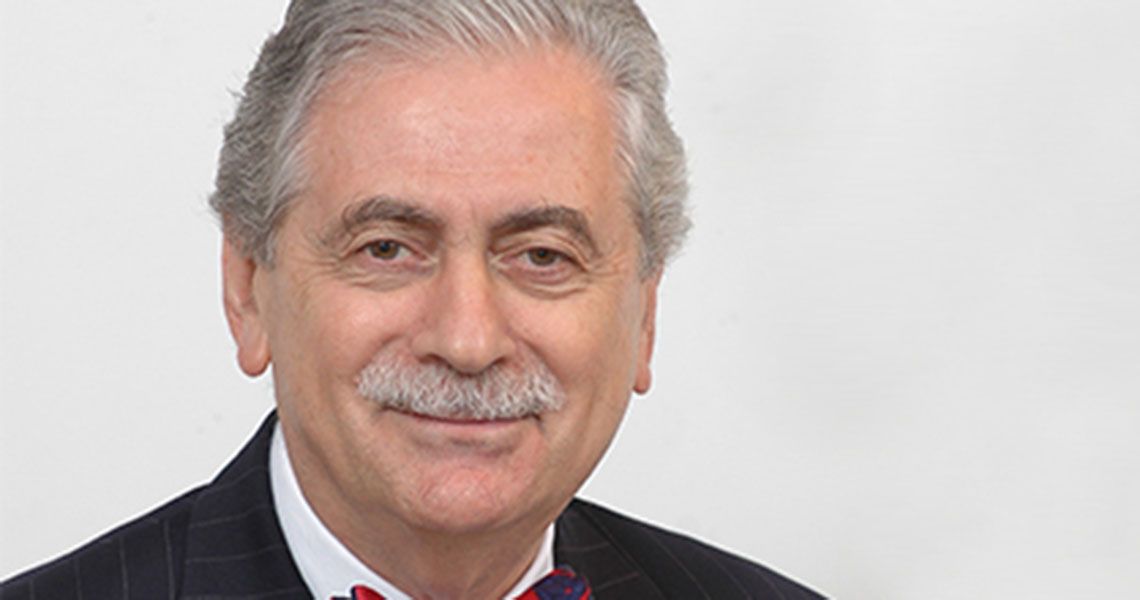President Barack Obama convened athletes, parents, coaches, representatives from sports organizations, military and business leaders and medical experts for the White House Healthy Kids & Safe Sports Concussion Summit on Thursday.
Tori Bellucci, a soccer player who suffered from five concussions during her pre-college career, stood beside the president as he told nearly 200 attendees that sports are essential to the American identity and announced commitments totaling more than $85 million through public-private partnerships for research, education and prevention strategies for brain injuries in youth sports.
“As Tori’s story suggests, concussions are not just a football issue,” President Obama said. “They don’t just affect grown men who choose to accept some risk to play a game that they love and that they excel at. Every season you’ve got boys and girls who are getting concussions in lacrosse, soccer, wrestling and ice hockey, as well as football.”
$85 Million: The amount of funding committed through public-private partnerships for research, prevention strategies and education
A report developed in October 2013 by an Institute of Medicine and the National Research Council committee— chaired by Robert Graham, a health policy research professor in the Milken Institute School of Public Health— fueled a national conversation about the long-term effects of brain injuries among adolescents and young adults, especially injuries sustained by athletes.
The president said that young people made nearly 250,000 visits to emergency rooms for brain injuries from sports and recreational activities, according to the Centers for Disease Control and Prevention.
“All of us in the East Room of the White House, including the president, were able to share our enthusiasm for sports,” said Eliot Sorel, clinical professor in the George Washington University’s Milken Institute SPH and the School of Medicine and Health Sciences, who attended the summit. “Sports are essential for leadership development, enhancing educational performance and for lifelong spiritual, mental and physical well-being.
250,000: The number of visits to emergency rooms made by young people for brain injuries due to sports-related and recreational activities, according to the CDC
George Washington Today sat down with Dr. Sorel to discuss the Announcementss made at the White House summit and the future of safety in youth sports.
Q: How have you been involved in the movement to improve safety in youth sports?
A: As a former soccer player and coach, I have a lifelong passion for sports. David Satcher, the former surgeon general of the U.S., and I are co-chairs of the National Council on Youth Sports Safety. We wanted to begin a national conversation around the issue—and we did.
In November 2013, we hosted the National Conference on Youth Sports Safety at the Henry J. Kaiser Family Foundation’s Barbara Jordan Conference Center in Washington, which brought together stakeholders to discuss safety in sports. Our mission is to enhance prevention and treatment, measure and enhance outcomes, stimulate new research and have new research evidence influence policy. It was extraordinarily rewarding for Dr. Satcher and me to see our vision resonate in the speech made by the president and the remarks made by the panel at the summit.
Q: What is the significance of President Obama’s decision to host a summit on youth sports safety?
A: To have the president make this issue a top priority sends a very positive message. Watching the president discuss the importance of sports in helping youth become engaged, cooperative, hardworking citizens with Ms. Bellucci, a young athlete, by his side was wonderful. His speech emphasized the importance of investing in comprehensive research and education strategies to protect athletes.
Q: There were a number of research funding commitments outlined at the summit. Why is research a main focus?
A: We still have a hill to climb in research because the scientific evidence we have about the long-term effects of concussions is not very strong. Concussions begin with the brain, which is the single most important organ in the body. With this type of injury the brain is the most obviously injured organ, but the repercussions are multiple because our bodies are a series of integrative systems. A brain injury can cause significant emotional, educational and social consequences.
The research conducted under the new funding will need to be systemic, systematic and integrative. This will ensure that new interventions are based on information from an interdisciplinary perspective that includes public health, primary care, mental health, neurology, education and, in rare occasions, surgery.
Q: How will this research potentially affect students, parents, youth sports organizations and educational institutions?
A: Investing in the research on concussions will stimulate new knowledge, which will require translation for those who don’t understand medical language. This will be especially important for parents, coaches and athletes. Knowledge translation will also be an important part of sharing information among interdisciplinary research teams that include medical professionals and other stakeholders. Once it is understood, the information can be implemented to improve health systems, education systems and policy.
We need to give a measure of confidence to parents that we are going to work diligently to enhance research evidence and develop better educational strategies and primary prevention. The goal is to create a public health orientation toward sports that will ensure the enjoyment and benefit of sports, so that youth will continue to participate.
Q: Currently, all 50 states and D.C. have implemented legislation that requires a health care professional to sign off when an athlete would like to return to play after suffering from a concussion. What other policies would be beneficial?
A: We are at a crossroads because policies are only as good as the scientific evidence we have. We are grateful that we have a set of policies nationwide but cognizant that the research is thin. We need to make a major investment in knowledge generation, translation and implementation. The new evidence will inform and enhance policy. This is why the commitments outlined at the summit Thursday are so important. They are a major step in creating a balanced, research-based approach to protecting athletes from concussions.



